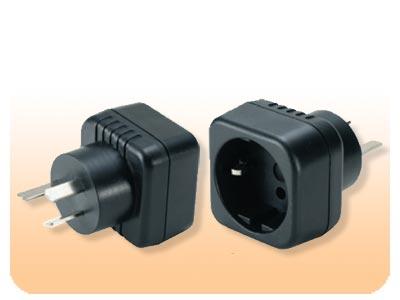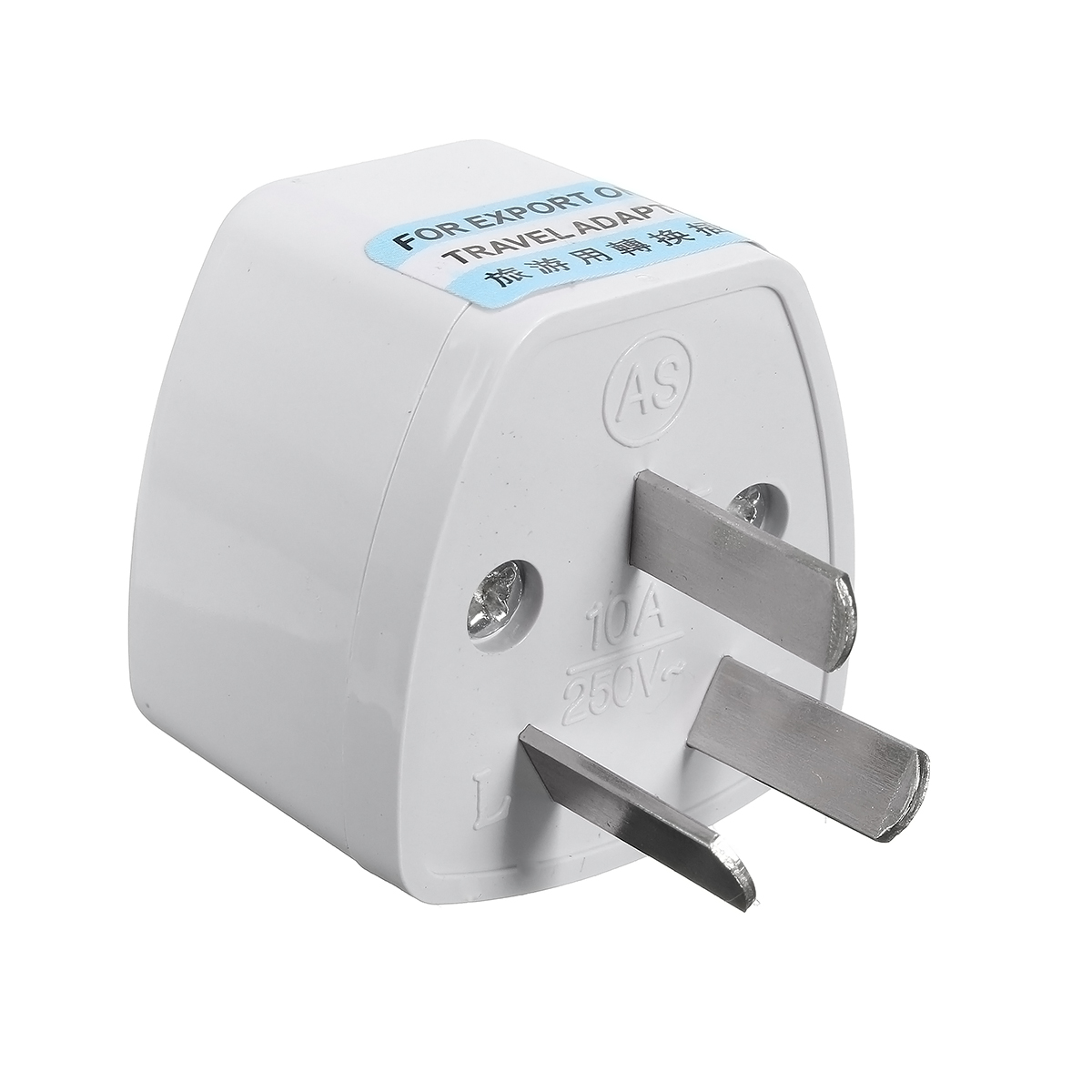

Type F are also available at some hotels.īefore standardization, socket types varied: C (very old installations), I (for air conditioners), and combinations like A/C and A/B/C. Sockets for 220-240 V European type C plugs are typically available at hotels some buildings modify voltage, so travellers are advised to check before plugging in. Nominal voltage is 230 V, in practice 240 V is more commonly used. Line/neutral reversed compared to Chinese and Australian/NZ Type I.

Table of mains voltages, frequencies, and plugs Country or territory So-called "universal socket" which meets no standard but accepts a number of different plug types (criticized as non-compliant and unsafe) Three-phase and industrial loads may have other voltages.Īll voltages are root mean square voltage the peak AC voltage is greater by a factor of √ 2, and the peak-to-peak voltage greater by a factor of 2 √ 2. Voltages in this article are the nominal single-phase supply voltages, or split-phase supply voltages. World Plugs includes some history, a description of plug types, and a list of countries giving the type(s) used and the mains voltage and frequency.Īlthough useful for quick reference, especially for travellers, IEC World Plugs may not be regarded as totally accurate, as illustrated by the examples in the plugs section below, and errors may exist, such as Indonesia being listed as using both 220 V and 110 V when the Indonesian Standard SPLN 1 clearly states the voltage as 230 V, and the official travel website says "electric power supply is 220 volts in all regions." Voltages The International Electrotechnical Commission (IEC) publishes a web microsite World Plugs which provides the main source for this page, except where other sources are indicated. Foreign enclaves, extraterritorial government installations, or buildings frequented by tourists may support plugs not otherwise used in a country, for the convenience of travellers. In some areas, older standards may still exist. Physical compatibility of receptacles may not ensure compatibility of voltage, frequency, or connection to earth (ground), including plugs and cords. Voltage, frequency, and plug type vary, but large regions may use common standards. Often different sockets are mandated for different voltage or current levels. By connecting across the phases, 240 V is available for large appliances.

Most sockets are connected to 120 V and neutral. For example, in North America the supply to most premises is split-phase, with 240 volts between phases and 120 volts between either phase and neutral. (For industrial machinery, see industrial and multiphase power plugs and sockets.) Some countries have more than one voltage available. Mains electricity by country includes a list of countries and territories, with the plugs, voltages and frequencies they commonly use for providing electrical power to low voltage appliances, equipment, and lighting typically found in homes and offices.
Australia power plug portable#
Nominal frequency and voltage by country for portable appliances


 0 kommentar(er)
0 kommentar(er)
